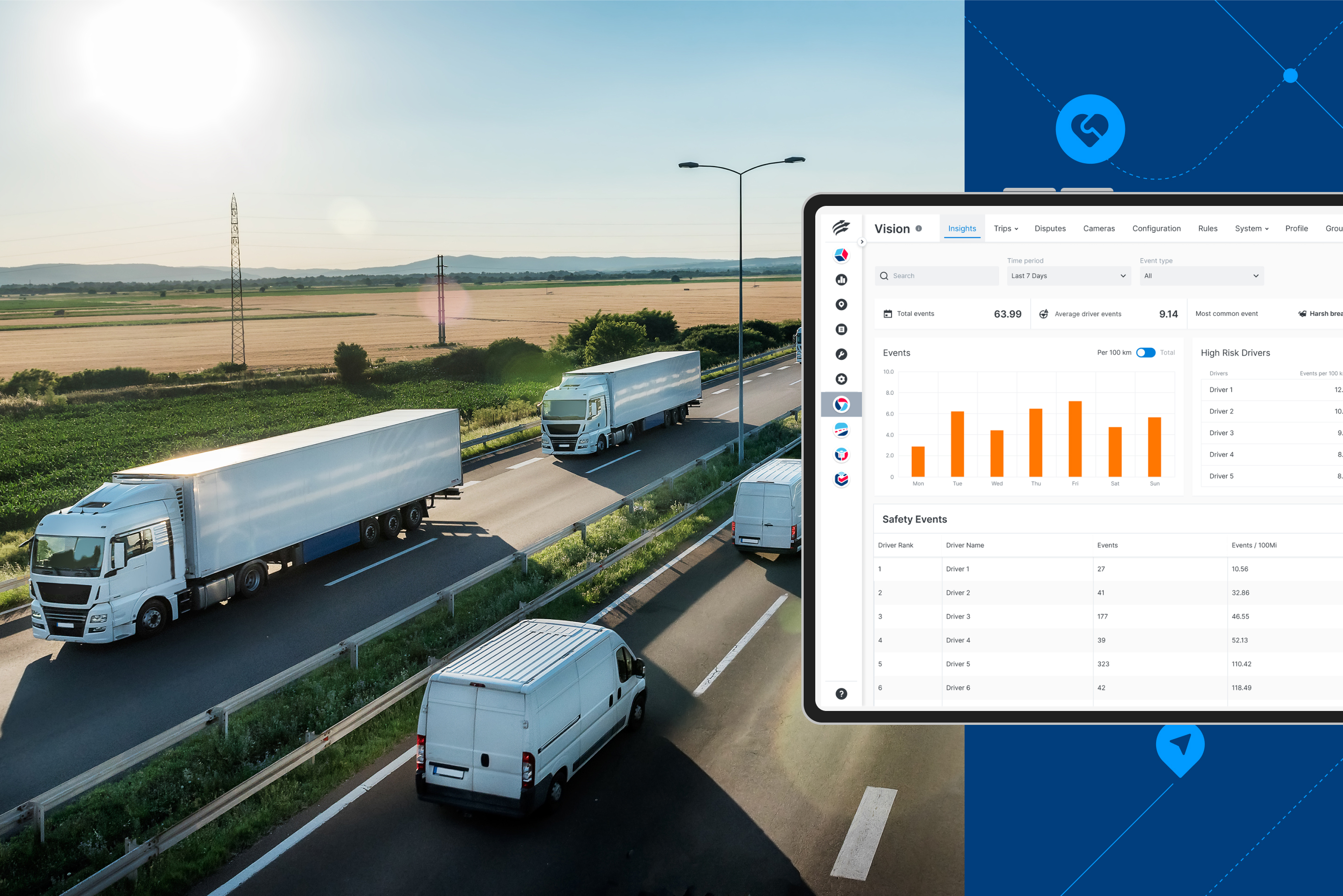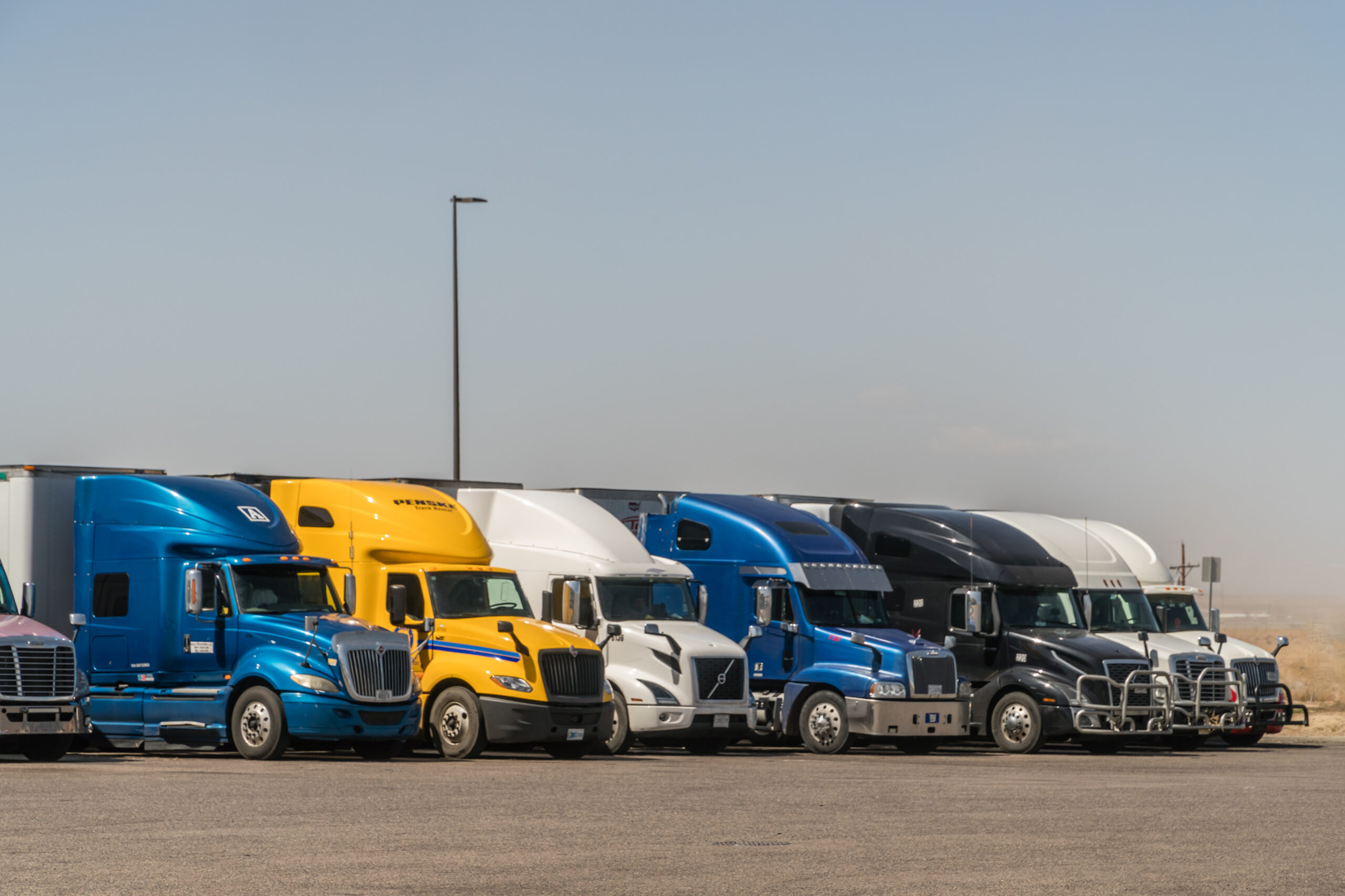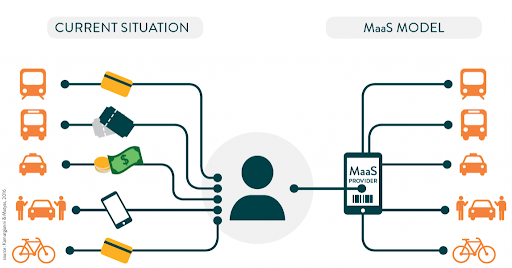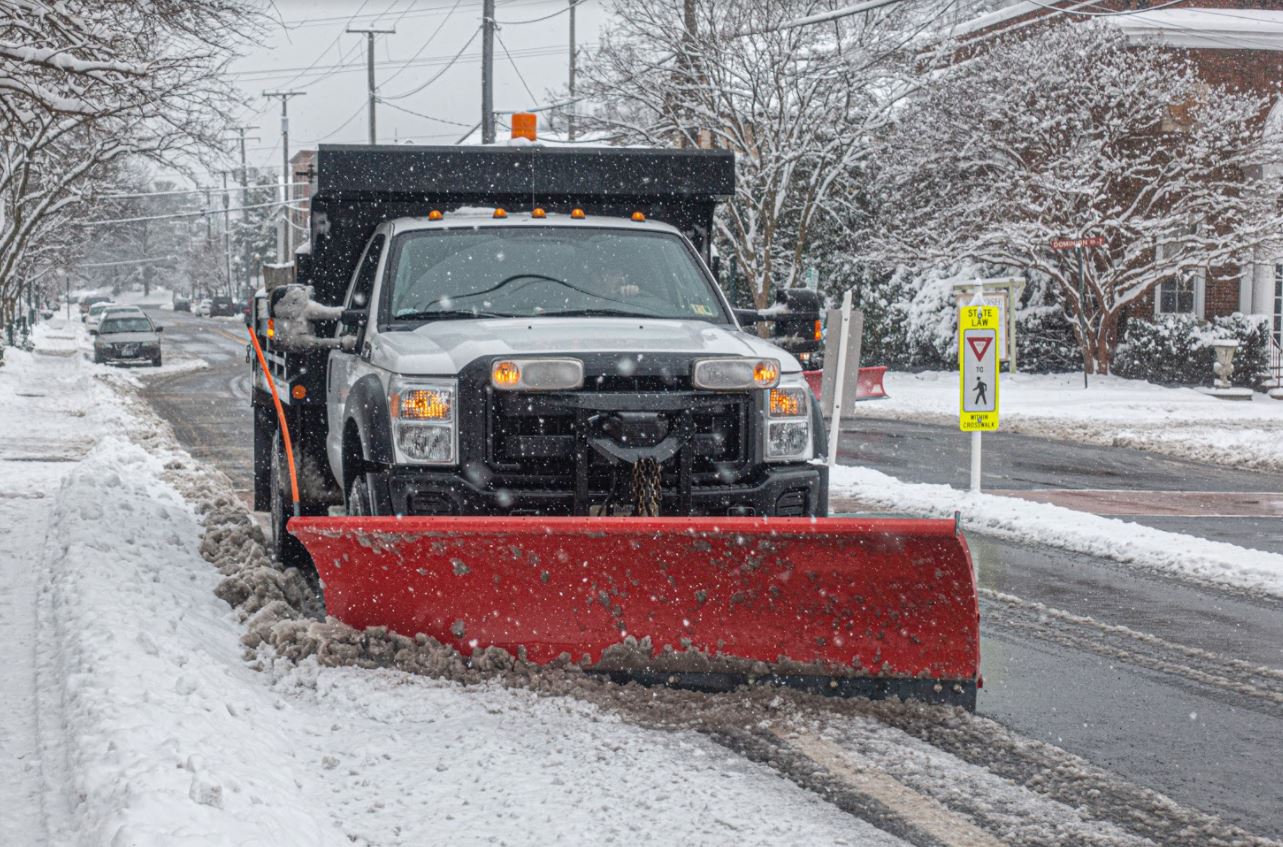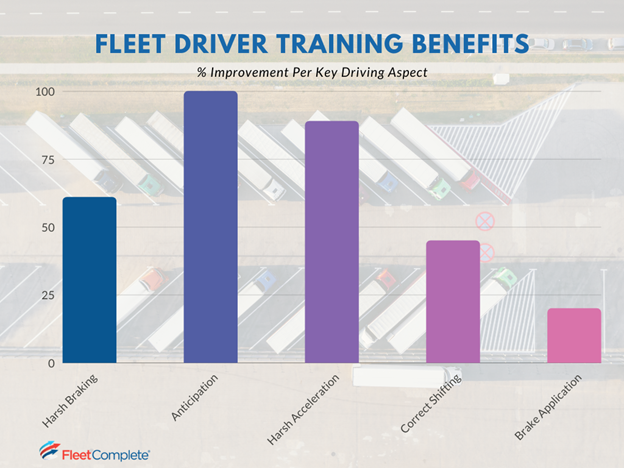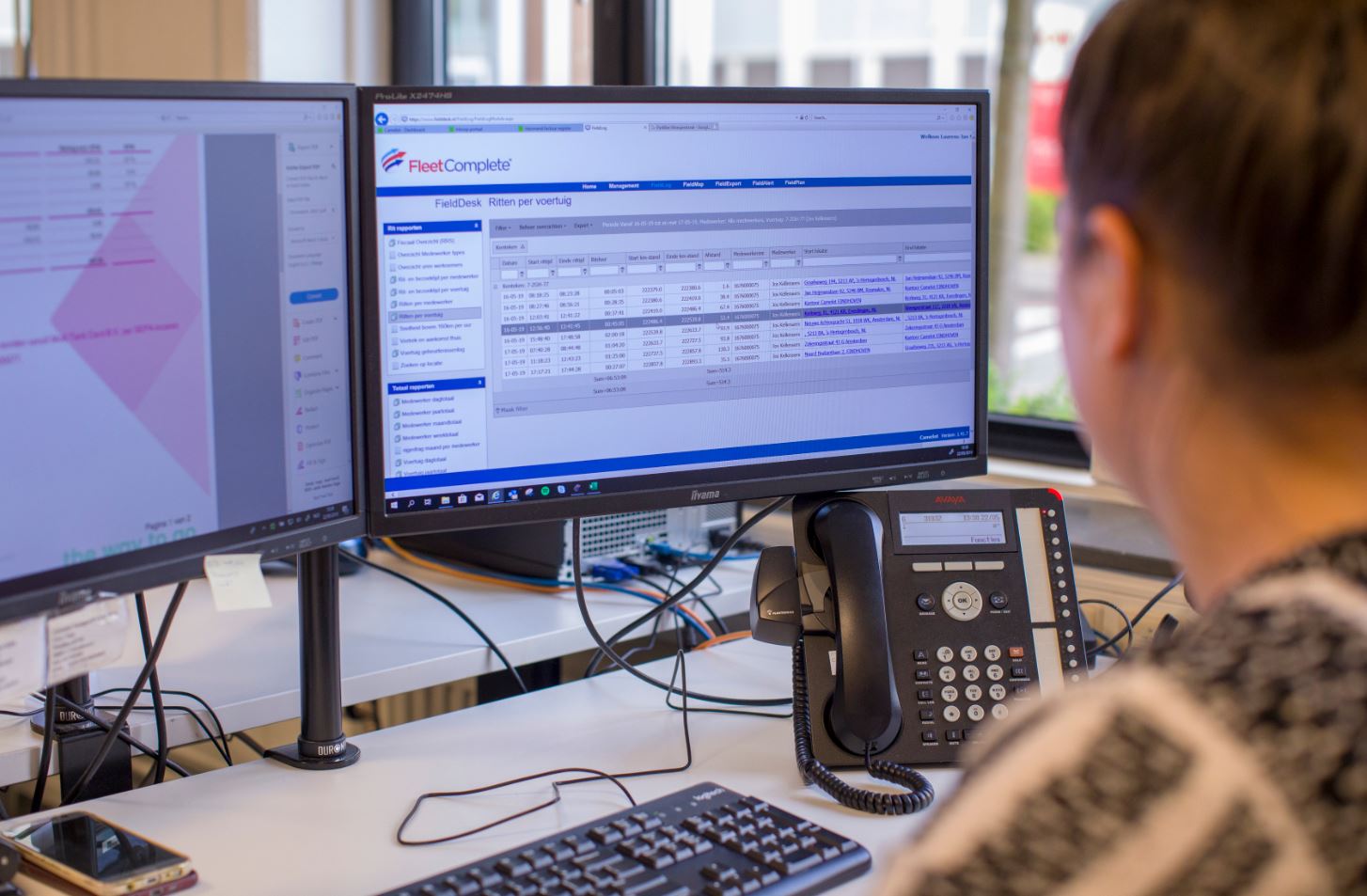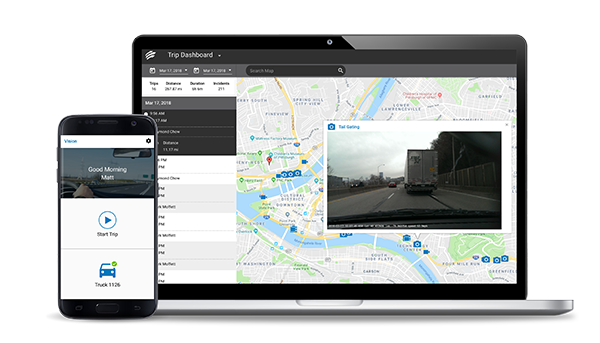The global freight transport industry generated more than $2.7 trillion for freight trucking companies in 2022, and this figure is expected to nearly double by 2031. However, when you consider this staggering amount, it can be easy to think that just any private carrier in the industry will get a sizable share of that revenue. Unfortunately, this isn’t usually the case. For starters, the competition in the freight business market is high.
Truck driver shortages also continue to challenge carriers across North America, and operating costs continue to climb – yet demand shows no sign of slowing any time soon.Surviving in today’s freight transport industry requires innovative technology and bold approaches to overcome the challenges carriers face in Canada and the United States. Below are proven strategies that can keep your freight business moving forward in spite of the many obstacles which freight transport businesses face.
1. Motivate your drivers in the midst of the global truck driver shortage
The American Trucking Association reports a shortage of more than 80,000 drivers in the industry. This figure could potentially increase this year since many truck drivers are approaching retirement age.
Fewer people are making truck driving their next career move even when they complete the training.
Several factors contribute to truck driver shortages worldwide. Key among them is driver wages. Many truck drivers spend up to 60 to 70 hours per week on the road, and much of this time is spent waiting for their trucks to be loaded and unloaded. However, most freight forwarders only pay truck drivers for their active driving time, which does not include waiting for cargo loading or unloading. Many drivers think they should be paid for this time, as they have no choice but to stay with their vehicle.
Some freight trucking companies have commercial vehicle lease-purchase agreements with their drivers. Under the agreement, the business provides a driver with a truck. Drivers then make regular payments to their employer until they cover the cost of the vehicle.
On paper, this seems like an excellent deal for a driver to own a truck while making a living for themselves. Yet some businesses have tilted these agreements to favor their interests over their drivers’ financial well-being. Many drivers are exiting the industry because of their suspicions that they can’t make a comfortable living working under these conditions. Some operators are are choosing lease-on arrangements where they own their truck, and they lease the truck and equipment to the trucking company.
Carriers should go to great lengths to retain and engage drivers. Examples of this include paying for their medical expenses, funding fuel expenses, and paying for the time drivers spend waiting for cargo loading and unloading activities.
Remember, driver shortages trigger hiring sprees for the skilled and available candidates. Rivals may entice your drivers with lucrative offers to hire them. It is crucial to make sure your drivers are positive and engaged.
2. Take Advantage of Free Load Boards
Let’s assume you have a team of truck drivers. However, they can’t keep up and transport the overwhelming volume of goods you are contracted to deliver. What do you do?
The solution lies in turning to free load boards. This platform connects freight businesses to truck drivers looking for work and truck trailers with excess capacity. All you need to do is post the job description on the forum and you will receive help finding a truck driver.
Platforms like FC BigRoad Freight offer this service. However, not all platforms are suited to a company’s needs. Before posting on the platform, consider the features that it provides, such as intuitive user experience and the caliber of freight transporters on the platform.

These platforms do more than connect you to a driver. They can also facilitate payments between freight businesses and drivers. Others make the process competitive by showing you a range of drivers willing to take on a load and their rates.
To get the best experience from the platform, ensure you provide detailed job information including the description, size, and amount of goods transported. Sharing the delivery times that you need to meet is also helpful.
Providing all the necessary information about a load will increase the probability of getting the most suitable driver on a platform. When a driver knows the expectations, chances of getting into a conflict with them because of the job are low. In the long-run, this will also help maintain long and strong relationships with the drivers.
3. Overcome Shipping Container Shortages
Shortage of containers is a perpetual challenge in the industry. Your capabilities of transporting freight depend on the availability of drivers plus these containers. Most freight businesses do not produce their own containers. Instead, they rely on hiring them or buying them when the need arises.
However, during the pandemic many companies stopped producing containers. The lockdown meant there would be no need for the containers, but as economies re-opened, the trucking industry slowly began to recover. Demand for the containers peaked, creating a shortage of components in the freight business. Many businesses use asset tracking devices to ensure theirs aren’t stolen.
To stay ahead of your competition in case there is another shortage, it is wise to start thinking of a preparation plan. The big question then is: How do you make these plans?
To start, purchase extra containers if you’re in a position to do so. Work with local container manufacturers to get the best deals. Store some of these containers for emergency use. You may distribute containers to the suppliers of your business too. Make it a routine to reserve containers well in advance. This tactic could help you stay productive during supply shortages.
How to Gain a Competitive Edge Over other Freight Trucking Companies
The freight transport industry faces many challenges that can potentially slow down operations. However, it is important to keep in mind that drivers are vital to your business – ensure that you are constantly working on retaining current ones and attracting new ones as well.
It is worth using technologies like the free load boards in your operations as it will help bridge gaps like driver shortages during the peak seasons. Finally, take steps to mitigate the effects of shipping container shortages. Anticipate and plan how to circumvent shortages created by unforeseen events to gain a competitive edge in the industry.
Explore BigRoad Freight – powered by our partner FleetOps – included with BigRoad ELD subscriptions. See how you can find and book high-quality loads, or find drivers for your LTL transport needs.















